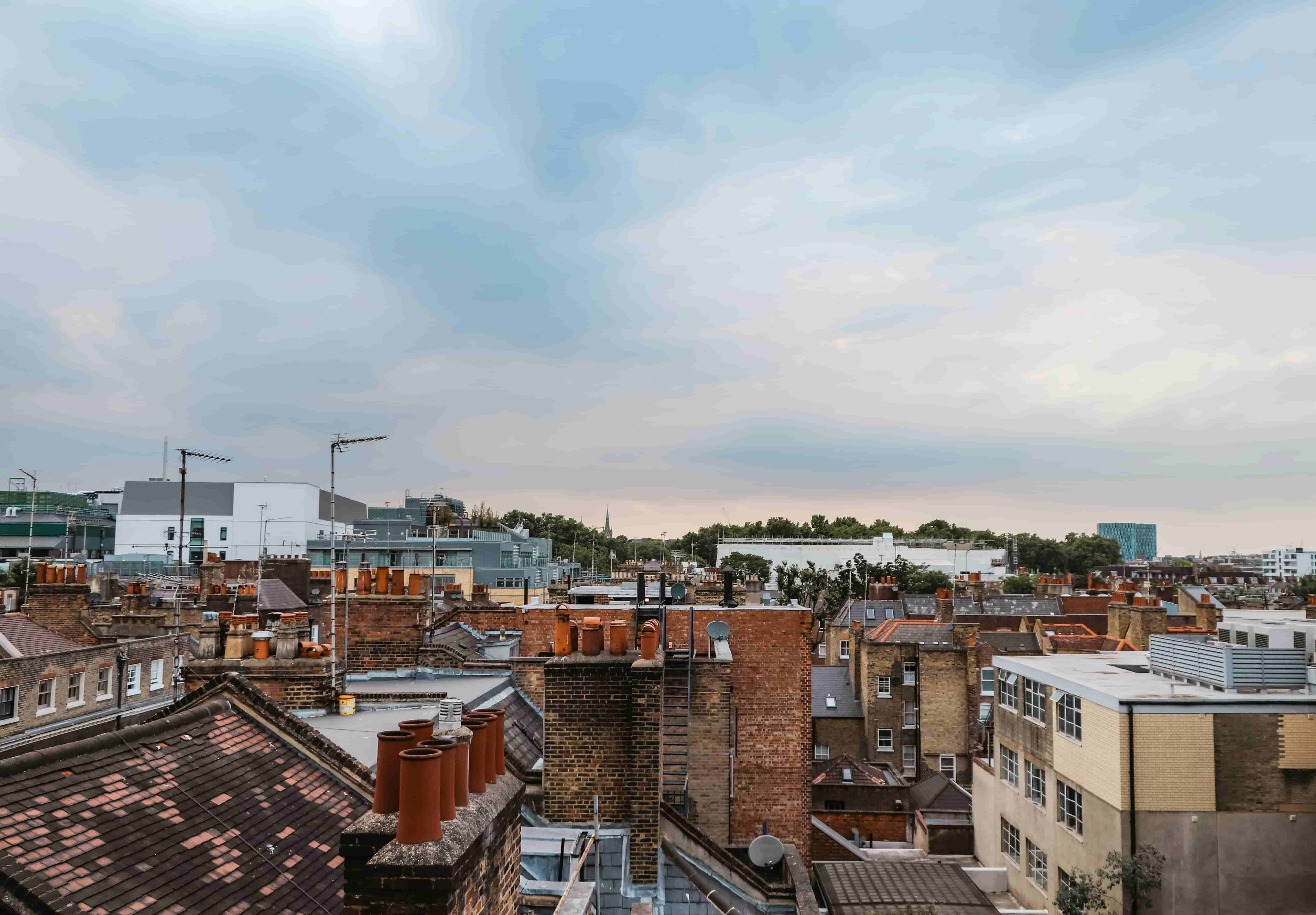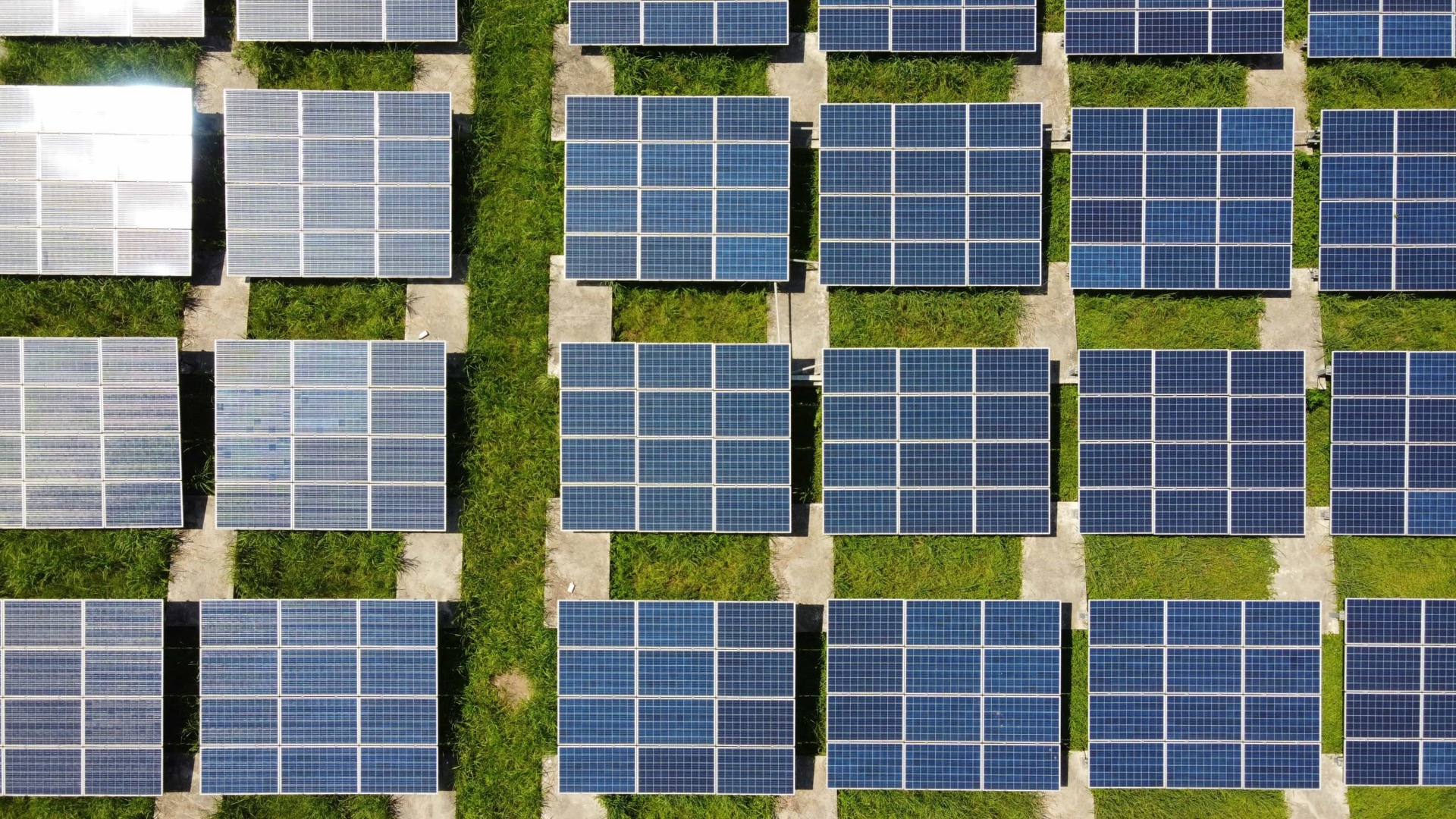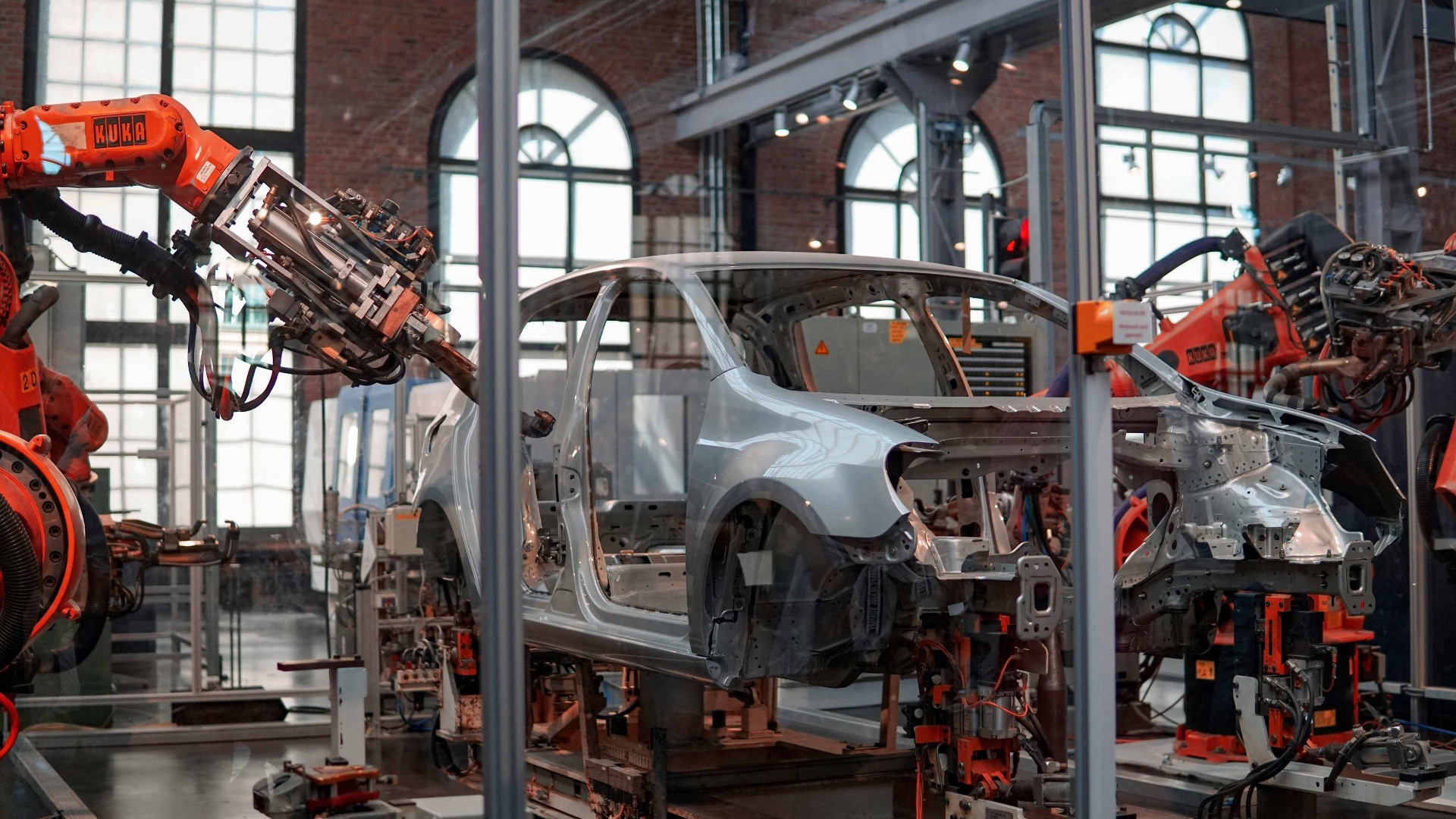With rising temperatures and frequent heatwaves in urban areas, researchers have explored ways to cool cities and reduce heat-related deaths. A new study models the effects of two roof adaptations - cool roofs, which reflect sunlight, and rooftop photovoltaic (solar) panels - on summer temperatures and health in London. The results show that both options could make a significant impact, lowering urban temperatures, reducing energy needs, and saving lives during hot summer months.
The Urban Heat Problem and Cool Roofs
As cities like London experience intense heat due to climate change, urban areas can become dangerously hot, especially in the summer. This phenomenon, called the “urban heat island effect,” happens when buildings, roads, and other structures absorb and retain heat, making cities warmer than surrounding rural areas. During the record-breaking summer of 2018, temperatures soared, and this heat posed a serious health risk, especially to vulnerable populations like the elderly.
Cool roofs, which are designed with materials that reflect sunlight rather than absorb it, can help reduce this effect. When applied widely, these roofs can decrease outdoor air temperatures by up to 0.8°C, a difference that translates to reduced risk of heat-related health issues for city dwellers. In London, researchers estimate that if every roof were converted to a cool roof, heat-related deaths could decrease by nearly 32%, avoiding hundreds of deaths during extreme heat events.
The Role of Solar Panels in Cooling and Powering Cities
Rooftop photovoltaic (RPV) panels, or solar panels, are another effective adaptation for urban rooftops. While they don’t reflect as much sunlight as cool roofs, they absorb energy and convert it into electricity, which means less heat radiates into the environment. The study estimates that if all London rooftops had solar panels, temperatures could drop by 0.3°C, still providing relief on hot days.
Beyond temperature reduction, solar panels offer the advantage of generating electricity. In the study’s model, full RPV coverage could supply London with 20 TWh of electricity over a summer - about half of the city’s annual energy consumption - potentially valued at up to £7.3 billion. This renewable energy could help offset the city’s carbon footprint, adding a dual benefit of cooling and green energy generation.
Health and Economic Benefits
Reducing temperatures through these rooftop adaptations could save lives. The study estimates that, in a hot summer like 2018, nearly 96 heat-related deaths could be prevented with solar panels, while cool roofs could prevent 249 deaths by maintaining lower outdoor temperatures. These health benefits are valued at hundreds of millions of pounds. For example, the economic benefit from lives saved by cool roofs alone is estimated at £615 million, with solar panels adding another £237 million in value.
This approach is especially relevant as climate change intensifies, bringing more frequent and severe heatwaves. By adopting cool roofs and solar panels, cities could protect vulnerable populations, particularly older adults, who are at higher risk during extreme heat events.
Challenges and Future Applications
While these adaptations present a promising strategy for urban heat mitigation, there are challenges to implementing them city-wide. Cool roofing materials are less common in the UK, and some roofs may be unsuitable for solar panels due to shading or structural limitations. However, a mixed approach, where suitable buildings adopt solar panels while others install cool roofs, could still yield substantial benefits.
The findings underscore the importance of innovative building strategies in adapting to climate change. By prioritizing sustainable design and rooftop adaptations, cities like London can tackle the health risks of urban heat while simultaneously advancing toward renewable energy goals. As this study shows, the rooftops of today could play a vital role in creating safer, cooler, and more sustainable cities for tomorrow.


